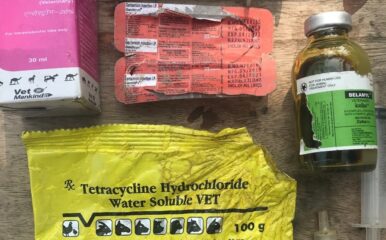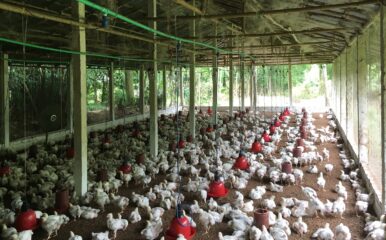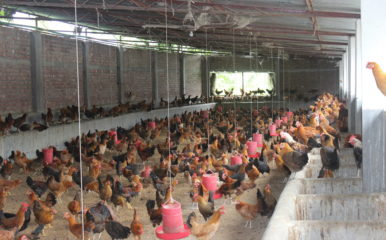
Humans and a history of fighting forces unseen
Published on 29/10/2020
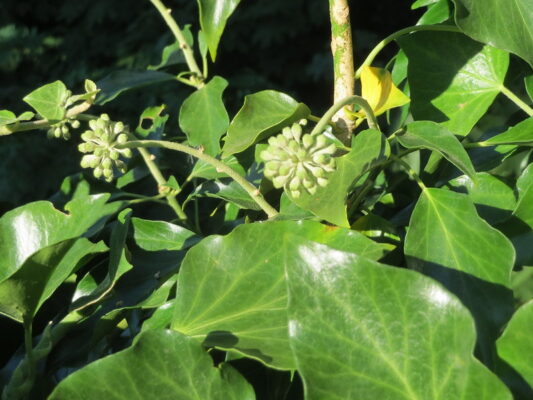
Andreas Rockstein CC BY 2.0
The invasive climbing plant ivy (Hedera helix) is not a parasite or a virus, yet it behaves like one. In fact, ivy arguably performs better than many microscopic killers. Instead of infecting its host and then dying along with it, ivy kills the host and survives. Tales of people leaving their windows open on summer nights only to find ivy had crept in by morning are enough to make one invest in herbicides. And yet even the deadliest of chemicals don’t always do the trick.
Look around and you’ll see the survival of the fittest. Humans, trees, dogs, fish, even guinea pigs are descended from ancestors that survived hundreds, thousands, sometimes millions of years of disease, environmental change, warfare – anything that nature could throw at it to thin the herd.
We’re all the survivors – and yet, we all still die. Sometimes quietly, peacefully, sometimes violently – sometimes from diseases that are so powerful they can fell the strongest of any species, just as a gentle-looking ivy can bring down a mighty oak.
When Europeans first went to the Americas in great numbers in the 16th century, the newcomers proceeded to destroy the ‘New World’ with the help of horses, cows, and chickens, while also believing they were saving indigenous people from a godless life.
Fast forward to the late 20th century and HIV/AIDS brought the outing of the gay community: because they were dying, suddenly the ‘manliest’ of Hollywood actors were forced to confess they loved their fellow manliest of Hollywood actors. In all these scenarios, death reached into places no one had imagined.
And now death has made itself known again … in case we had forgotten.
Domesticating animals
In the interest of increasing agriculture and farm development, humans have tried over centuries to domesticate countless animals. Through trial and error, they learned that the best animals to domesticate usually have certain characteristics: they reproduce at a young age, give birth to at least one or two offspring a year, and don’t cost a lot to feed.
They often also have a social hierarchy. Imagine a typical video game where you’re fighting the head bad guy. Once they are killed, all their followers usually die as well. Although not as dramatic in the wild, if you’re able to control the boss, or alpha male and female, you’re able to control the entire herd.
Another critical trait is that the animal needs to be able to work for humans. Just as some people cannot work in an office cubicle, some animals just are not wired to live on a farm. Horses can be domesticated, but no one has been able to domesticate their cousin, the zebra. Zebras have a combination of unpredictability and skittishness that can lead to you getting kicked in the head. Which is why we normally don’t see people riding zebras.
So which animals make the cut? Aside from horses, there are also chickens, pigs, goats, cows, and donkeys—these were among the livestock that Europeans brought with them, along with wheat and barley, when they travelled to the Americas.
Interestingly, none of this livestock was native to Europe. It originated in the Fertile Crescent, the part of the Middle East where agriculture began. Once people were able to cultivate grain and domesticate animals, they – along with their grain and their livestock – moved into North Africa and Europe.
By the 16th century, domesticated animals that had originated in the Fertile Crescent dominated European farms. They would eventually dominate the New World too, though not before bringing down entire civilisations, largely because its people lacked a physiology that was able to contend with the diseases that came along with livestock. Up until that point, the only beasts of burden they had were llamas and alpacas; therefore, their immune systems had not built up any kind of defense against pathogens within horses, cows, pigs, and chickens because they had not come across them.
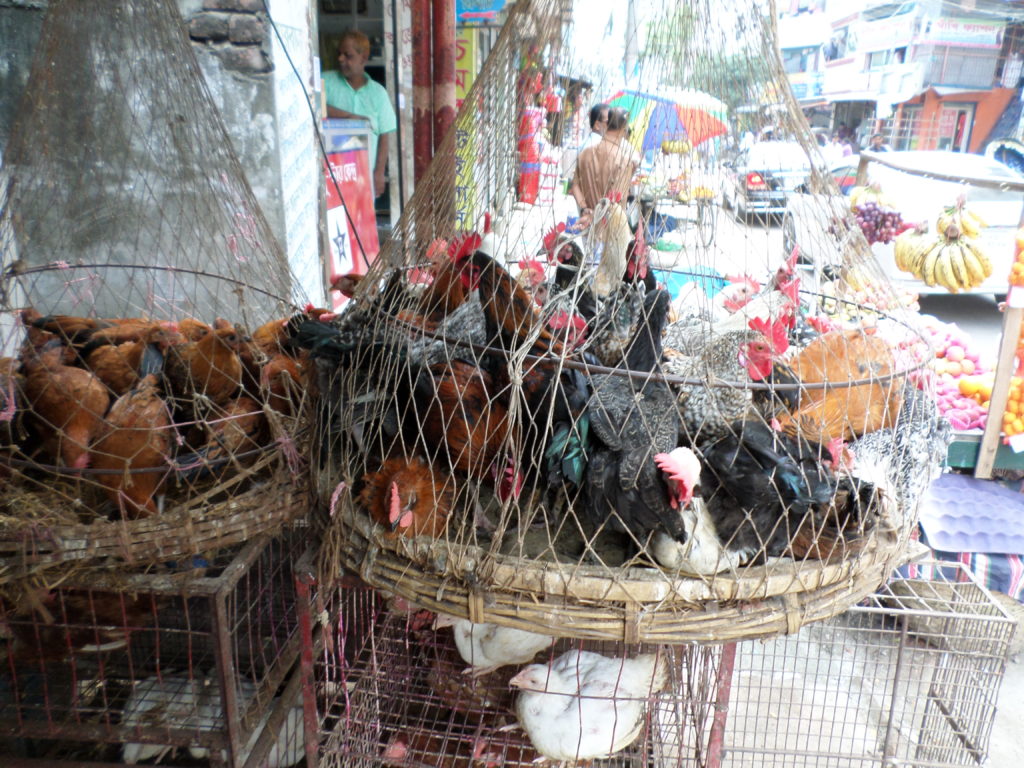
COVID-19
Fast forward to the 1950s, when scientists first recognised that a coronavirus was responsible for a severe kind of bronchitis that chickens were catching. However, coronaviruses of various kinds had been evolving and replicating in many different hosts for thousands of years.
The first COVID-19 symptoms in humans appeared in early December 2019, when medical staff were puzzled as to why a group of patients who seemed to have pneumonia did not respond to the usual treatments. These patients had something else in common: They worked in Huanan Seafood Market.
The Huanan Seafood Market’s name was a bit of a misnomer. It also sold beavers, chickens, crocodiles, dogs, otters, pigs, porcupines, rats, turtles, and … bats and civets. It took over a block in a part of the city that was home to a growing middle class. The market had cages with dogs put next to cages with civets, which are put on top of cages with porcupines, which are on top of cages with chickens. There were also wild game and live reptiles that are considered delicacies.
These animals urinated and defecated on each other, were crammed into tight spaces, and handled by people who lacked any kind of safety training, surrounded by garbage and little ventilation. Virus-laden fluids and secretions mixed, facilitating an environment ideal for creating new viruses.
Christian Walzer, executive director for health at the Wildlife Conservation Society, told the New York Times, “If you planned it and thought, ‘I am going to make new viruses,’ that is exactly how you would do it.”
The markets may have produced outbreaks in the past that burned out locally. Now, with exploding populations and access to cheap airlines and fast trains, bat viruses from the depths of jungles or the deep interiors of caves can spread to every corner of the globe within days.
At first the belief was that COVID-19 began at the Huanan Seafood Market, spreading from animal to human. As of now, this has not been proven, but it probably did begin near there. The rest is history in the making. But what that will be, remains to be seen.
Heather E. Quinlan is the author of ‘Plagues, pandemics and viruses’, published by Visible Ink Press. She will be a panellist in the next in our next Roadmap Series of discussions, ‘Past, present and future’.

